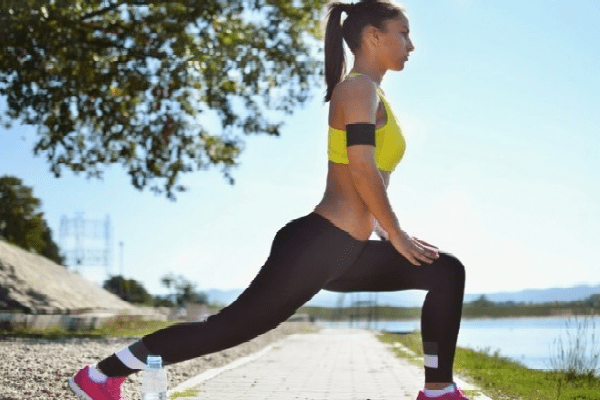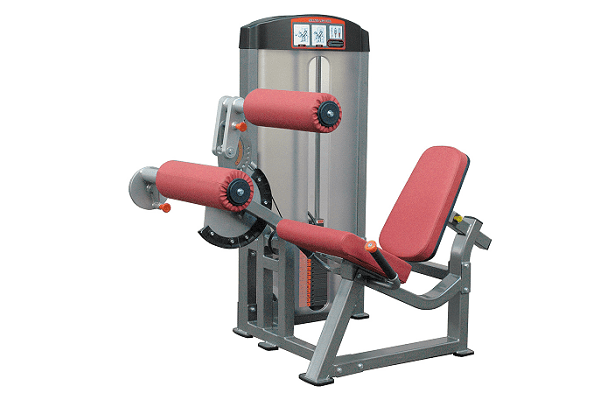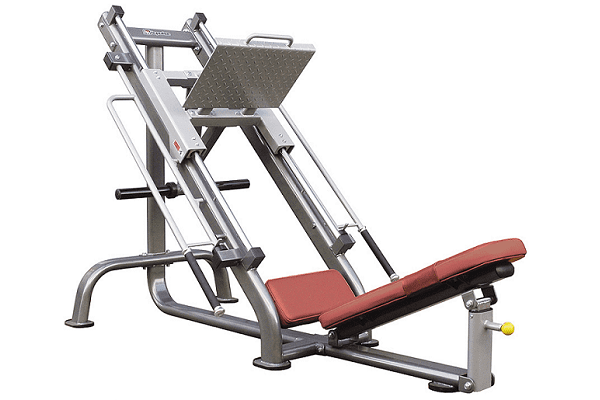Fitness and health >>>> How to pump up your knees?
How to pump up your knees?


Beautiful knees are not only an object of beauty for a woman's figure, but also a source of pride for men who seek to give their figure an athletic character. To have a beautiful knee shape, it is enough to regularly exercise some of the muscles that control the knee joint.
The knee is one of the most flexible joints, and its mobility is provided by the muscles of the thigh and lower leg. The quadriceps femoris (medial, lateral, rectus and intermediate) extends the leg at the knee, and the hamstring muscles of the thigh and lower leg (biceps femoris, semitendinosus, semimembranosus, gastrocnemius), grasping the hamstrings, flex the knee. These muscles act as antagonists for flexion and extension of the knee. The turn of the leg in the knee is provided by the sartorius and fine muscles of the thigh, the group of thigh muscles of the back of the thigh and the gastrocnemius muscle.
In order for the muscles that control the knee to acquire a beautiful shape, it is necessary to pump the thigh muscles (anterior muscle group and popliteal muscles) and the muscles of the lower leg.
How to pump up your knees? There are several types of strength machines designed for leg flexion, leg extension, leg press (raises the plate with the legs up), GACK squat trainer. Exercises on these machines work the quadriceps femoris (thigh quadriceps), biceps femoris (hamstrings) and calf muscles. Exercising on each of the simulators with an increase in the load and the number of approaches will provide tone and pumping of the corresponding muscles that move the knee. Start the load with two sets of 10-15 times, gradually increasing the number of sets.


Regular knee pumping will remove the folds of fat and loose skin above the knee, which will give the knee a beautiful relief.
At home, a similar load on the thigh and lower leg muscles in the knee area can be replicated with leg weights.
Exercise 1. Leg extension at the knee. On the outer surface of the ankles of both legs, fasten weights (for example, dumbbells), sit on a chair and raise - lower your legs, straightening them at the knee. Change the number of approaches and, when getting used to the load, change the dumbbells to heavier ones (for example, screw on additional discs). Increase the load by half a kilogram - kilogram for each dumbbell.
Exercise 2. Bending the knee. Attach the weights to the inside of the ankles of both legs. Lie on a bed (bench) with your stomach down so that your legs (shins) are suspended. Raise and lower your legs, bending them at the knees. Gradually increase the sets and weight of the weights.
Exercise 3. Simulates leg press. Attach the weights to the ankles of both legs. Lie on a flat surface with your back to raise your legs up, then bend at the knees, straighten your knees, keeping them in weight. Repeat the exercise 10-15 times in 1-2 sets. Do not lower your legs until the end of all repetitions. Increase over time the number of approaches and the weight of weights as you get used to the load.
Exercise 4. Squat. Become your back to the seat of the chair, sit down, stand up, leaning on the chair. Repeat the exercise, starting with 1-2 sets of 10 times and increasing the number of sets as you get used to the load.
Exercise 5. Lunges. In a standing position, put one leg forward at a wide stride distance and sit down slightly. Return to starting position. Alternating legs, repeat the exercise 10 times in 1-2 sets. Getting used to the load, increase the number of approaches.

Read

Read



























